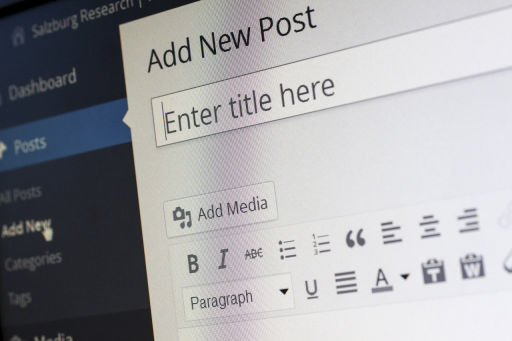Optimizing images for your WordPress site is crucial for improving load times and enhancing user experience. Here’s a step-by-step guide to help you resize images effectively and ensure your website performs at its best.
1. Choose the Right Image Format
Selecting the appropriate image format can significantly impact your website’s performance. Common formats include:
- JPEG: Best for photographs and images with gradients. It offers a good balance between quality and file size.
- PNG: Ideal for images with transparency or sharp edges, such as logos and icons. It tends to have larger file sizes compared to JPEG.
- WebP: A modern format that provides superior compression and quality. It's supported by most browsers and is excellent for web use.
2. Use Image Editing Software
Tools like Adobe Photoshop, GIMP, or online editors such as Canva can help you resize images without losing quality. Follow these steps:
- Open your image in the editor.
- Select the resize option.
- Maintain the aspect ratio to avoid distortion.
- Enter the desired dimensions and save the image.
3. Implement Responsive Images
Responsive images adapt to different screen sizes, ensuring optimal display across devices. In WordPress, you can use the srcset attribute to serve different image sizes based on the user’s viewport.
4. Utilize Image Optimization Plugins
WordPress plugins like Smush, EWWW Image Optimizer, and ShortPixel automatically compress and resize images upon upload, reducing file sizes without compromising quality. Install and configure one of these plugins to streamline your image optimization process.
5. Test Your Website’s Performance
After optimizing your images, use tools like Google PageSpeed Insights or GTmetrix to analyze your website’s performance. These tools provide insights and recommendations to further improve load times.
Conclusion
By resizing and optimizing images for your WordPress site, you can significantly enhance load times and user experience. Implement these tips to ensure your website performs optimally and keeps visitors engaged.
